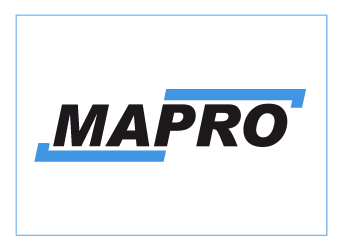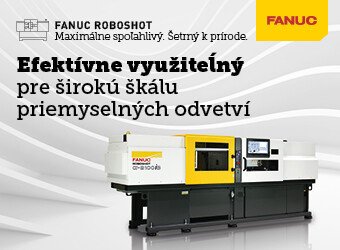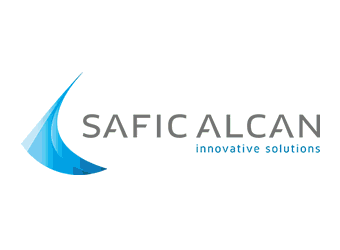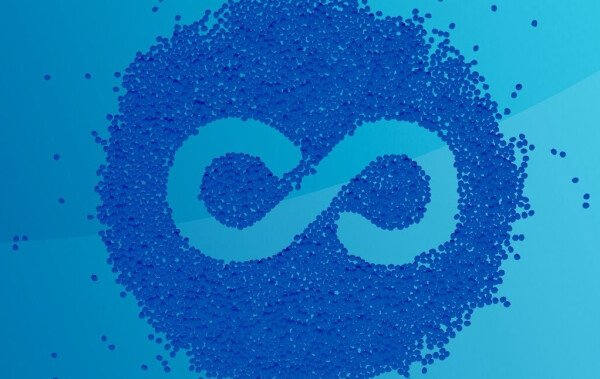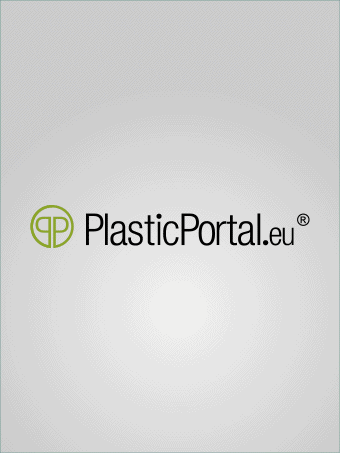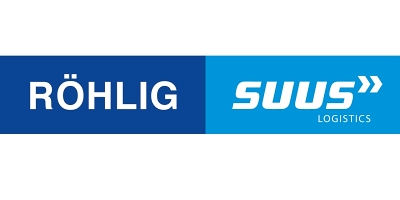LSR processing from a single source - precisely-adapted solutions from Arburg
Since that time, Arburg has been involved as a pioneer in the development of LSR injection moulding and, as a result, possesses comprehensive process expertise as well as individually adaptable injection moulding technology. It can also boast its own developments in mould and cold runner technology. Adapted injection moulding solutions for individual applications can always be configured from the numerous LSR-specific equipment options.
Here, Arburg's LSR customers can select from the components of standard machine technology, adapted LSR equipment package and a wide range of LSR-specific options. The resulting system solutions include all the required features such as three-platen technology with four tie-bar guidance and central force application for precise demoulding, special cylinder modules and precise material dosage. The modular Allrounder technology can be tailored to a wide range of application options and requirements. In addition to horizontal and vertical machines, this also includes a variety of drive concepts from fully hydraulic to fully electric. Further options include the flexible combination of clamping unit and injection unit as well as numerous equipment versions, for example for multi-component technology. This permits a wide range of conventional LSR types to be processed – including highly-reactive and high filler content materials.
LSR processing is one of Arburg's core areas of expertise
The focus is always on the best customer-specific solution – whether in the form of an individual machine or as a highly-automated turnkey system. Close cooperation with leading manufacturers of materials, moulds and peripherals also contributes here. All production processes can be transparently managed using the freely programmable Selogica control system. This is ensured through sequence programming via graphic symbols, direct plausibility checking during input, as well as the full integration of LSR-specific peripherals. Also available are a wide variety of options for process optimisation, monitoring and documentation as well as high process stability and reproducibility through LSR-specific functions such as adaptive mould heating circuits or mould venting.
 |
|
Turnkey solution for the production of a two-component part made from LSR and thermoplastic |
Today, several thousand Arburg LSR machines are in use worldwide. In addition to a competent, inter-departmental team of LSR specialists and perfectly equipped Allrounders for individual customer trials at the Lossburg Customer Center, extensive training offerings are also available to the customers in this area.
LSR – the material with outstanding properties
The special material properties of liquid silicones are only created after cross linking. The use of LSR is always advantageous where classic and thermoplastic elastomers (TPE) reach their limits. The properties of LSR include excellent resilience, high heat resistance – up to above 180°C – flexibility when cold down to approx. -50°C, high electrical insulation properties, good tensile strength and tear resistance, as well as non-hazardous to health. These material properties, simple dyeing, as well as suitability for combination with a variety of metals and plastics make liquid silicones ideal for a wide range of applications. Moreover, a continuously increasing number of material types are available. In addition to the standard types in various Shore hardnesses, medical, oil-resistant, oil-bleeding, electrically-conductive, flame-retardant, fast-curing and adhesion-modified types as well as fluoro-silicone types, for example, are also available.
LSR – perfect material preparation and processing
Liquid silicones are provided ready for use in two separate containers by the material manufacturers. The A components contain the initiating catalyst, the B components the cross-linking agent. In an LSR dosage system, both components are fed under pressure to the mixing block in a ratio of 1:1. Dyes and additives can also be added for the purpose of colouring or to alter certain material or product properties.
 |
|
In the Customer Center in Lossburg, Allrounders with LSR equipment are available for trials. |
A static mixer is connected downstream of the manifold for homogeneous mixing of all components. The reactive material mixture is then fed under pressure to the LSR cylinder module. In order to prevent premature vulcanisation, the cylinder module is regulated to a temperature of approx. 20 to 25°C. The material, which is additionally mixed by the screw, is then injected into the hot mould (at 160 to 220°C), where it is quickly vulcanised.
Due to the low viscosity of the liquid silicones, the moulds must be manufactured to very close tolerances to ensure that the mould halves are tightly sealed.
The moulds are usually vented before injection in order to counteract the formation of burn marks as well as surface and fill problems.
Cold runner systems are used in order to achieve optimum cycle times and material-saving production. Individual air blast, brush or demoulding devices are used to eject the often very soft and elastic products.
 |
|
Consultation with LSR specialists is part of the Arburg offering. |
LSR - cold cylinder module, hot mould
In complete opposition to thermoplastics processing, the injection moulding of LSR requires a cold cylinder module and a hot mould. Precise temperature control in the cylinder module and mould is decisive for reliable processing. Whereas temperatures of between 160 and 220°C are required for vulcanisation of the liquid silicone in the mould, the cylinder module must remain between only 20 and 25°C. Otherwise, the reactive material mixture would undergo premature cross-linking. As a result, thermal separation of the different processing areas must be ensured.
Depending upon equipment and process, the injection units must fulfil further LSR processing requirements. Hydraulic or pneumatic needle shut-off nozzles are used in moulds without cold runner system and pressure relief of the cold runner system is required when operating with open nozzles. A specially-designed screw geometry is required for optimal mixing of the two LSR components and any added dyes or additives, as well as for fast volume dosage. Reproducible injection of a defined material quantity is achieved through an automatically-closing non-return valve.
 |
|
With the Selogica control system, even complex sequences can be simply and reliably programmed. |
Wide range of LSR cylinder modules
In order to perfectly adapt the injection units to the required shot volumes, Arburg offers a wide range of LSR cylinder module sizes with different screw diameters. For both large and small shot volumes, this enables a high degree of control accuracy for the screw movement and consequently maximum repeat accuracy of the parts from one shot to the next.
Liquid medium, series-arranged temperature-control jackets and separate temperature control for the nozzle provide for a constant temperature level of approx. 20 to 25°C. The jackets are cooled via machine-side cooling water distributors or via cooling units. The screw geometry is also tailored to the processing of liquid silicones. Thus the material feed on the LSR cylinder module is moved forward, for example.
Due to the low viscosity of the material, the non-return valve at the screw tip is particularly significant. During injection, this must close immediately and with a high repeat accuracy in order to ensure a constant shot weight and a high reproducibility of the parts. The automatically-closing, disc-type non-return valve developed by Arburg for LSR processing is standard on all LSR cylinder modules.
 |
|
Depending on the mould concept and cold runner system, various nozzle versions are available. |
Thermal separation of the cooled LSR cylinder module and the hot mould is achieved by lifting the tip of the cooled nozzle. Needle shut-off nozzles prevent the liquid silicone from leaking out here. Numerous nozzle versions are available, which are adapted to the various mould concepts and cold runner systems.
The special single cold-runner nozzle with hydraulic needle shut-off system, which was developed by Arburg for LSR processing, also enables direct injection of the moulded parts with a flat interface.
The durability of the injection cylinders is ensured through a highly wear-resistant design and consistent shot weights through a mechanical screw anti-reversing lock. Simple replacement of the screw and cylinder module is enabled through the swivelling injection units and the central coupling of all supply lines. This also provides for short set-up times.
 |
| Mould from Rico for the production of closure caps in a clean room. |
Standard machine technology suitable for LSR processing
All horizontal and vertical Allrounders are perfectly suitable for the processing of liquid silicones. Dual pump technology, for example, provides for precise and reproducible control of the most important movement sequences on hydraulic machines. The clamping unit is ramp-controlled and enables precise positioning of the clamping platens, for robotic system intervention, approaching an evacuation position or reducing clamping force during the injection phase, for example. A further feature are simultaneous movements for an optimised injection moulding cycle. This is particularly important due to the rapid vulcanisation times of the LSR. With the appropriate mould technology, cycle times of less than 20 seconds are achievable. Furthermore, the optionally available position-regulated screw enables compliance with the prescribed travel and pressure profiles to a high level of accuracy. Thanks to their high precision and repeat accuracy as well as their speed and energy efficiency, electric machines are an attractive alternative for many LSR applications.
Standard: LSR package with all necessary features
The standard LSR package offered by Arburg for the processing of liquid silicones includes an LSR cylinder module, six adaptive, optionally-expandable mould heating circuits and numerous interfaces for peripherals. Many peripheral devices, such as robotic systems, can be directly integrated in the sequence programming of the Selogica control system via special symbols.
Various additional options can be combined with these features according to requirements. These are, for example, vacuum and air blast devices, water-flow monitors or interfaces for brush and demoulding devices. With these equipment components, Allrounders can be expanded to complete LSR system solutions for the automated production of silicone parts. As a system provider in this field, Arburg is able to offer comprehensive consultation services through to the complete implementation of turnkey systems.
 |
|
Thanks to its properties, LSR is suitable for a wide variety of products |
Growing range of applications
Today, liquid silicones are not only represented in many technical applications, but also increasingly in medical technology and in the consumer sector. The range of applications extends from plug connectors, O-rings, tubes and body electrodes through to babies' dummies and dosing devices in food packaging.
A dynamically-expanding area of application is multi-component parts made from so-called hard-soft combinations. In this field also, Arburg has many years of experience as pioneer in the development of multi-component injection moulding. The range of properties and applications of the moulded parts can be significantly expanded through the combination of thermoplastics with liquid silicones, but also through the overmoulding of inserts with LSR. However, particularly high demands are placed on the process technology in is regard. Particular attention must be paid to temperature control with respect to mould and product design, for example: LSR cross-links in the mould at high temperatures, whereas a much lower temperature level is normally required for thermoplastics. In some cases, each section of the mould must therefore be separated from the others by means of insulation.
Today, outstanding material properties and good processing options make LSR increasingly a material for applications with high demands, for example, with regard to temperatures or for medical applications.
-
ARBURG spol. s.r.o.
Injection molding machines, injection molding machines, two-component injection moulding, accessories for plastics, production automation, additive...
KraussMaffei TechCenter Days are approaching once again – don’t miss this unique opportunity to visit the production and development facilities
5.3.2025 - 2.4.2025 Last year, KraussMaffei held its first-ever TechCenter Days at its new production facility in Parsdorf, Germany. Covering approximately 250,000 square meters, the site features modern manufacturing halls for injection molding machines, PUR and...






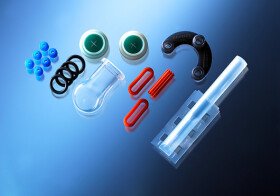

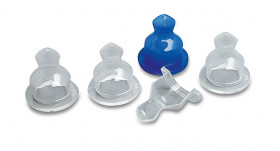
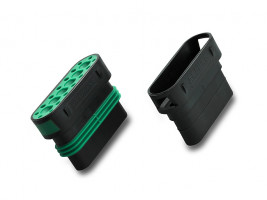
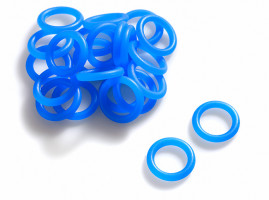
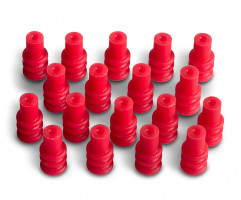
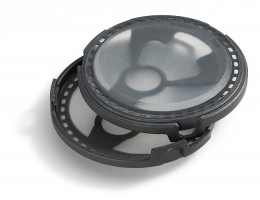



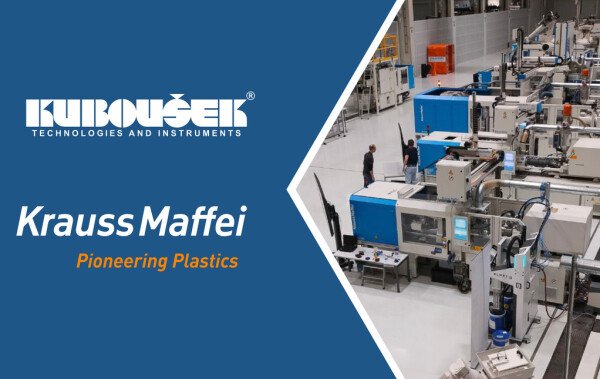
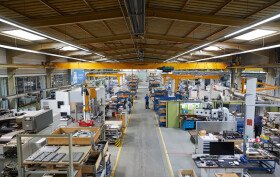
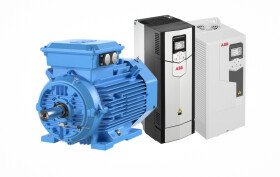
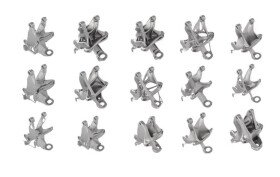
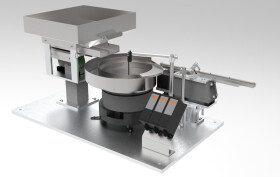
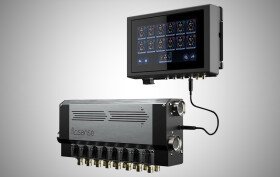
-jpg-280x250.jpg)
-Demag-280x250.jpg)


